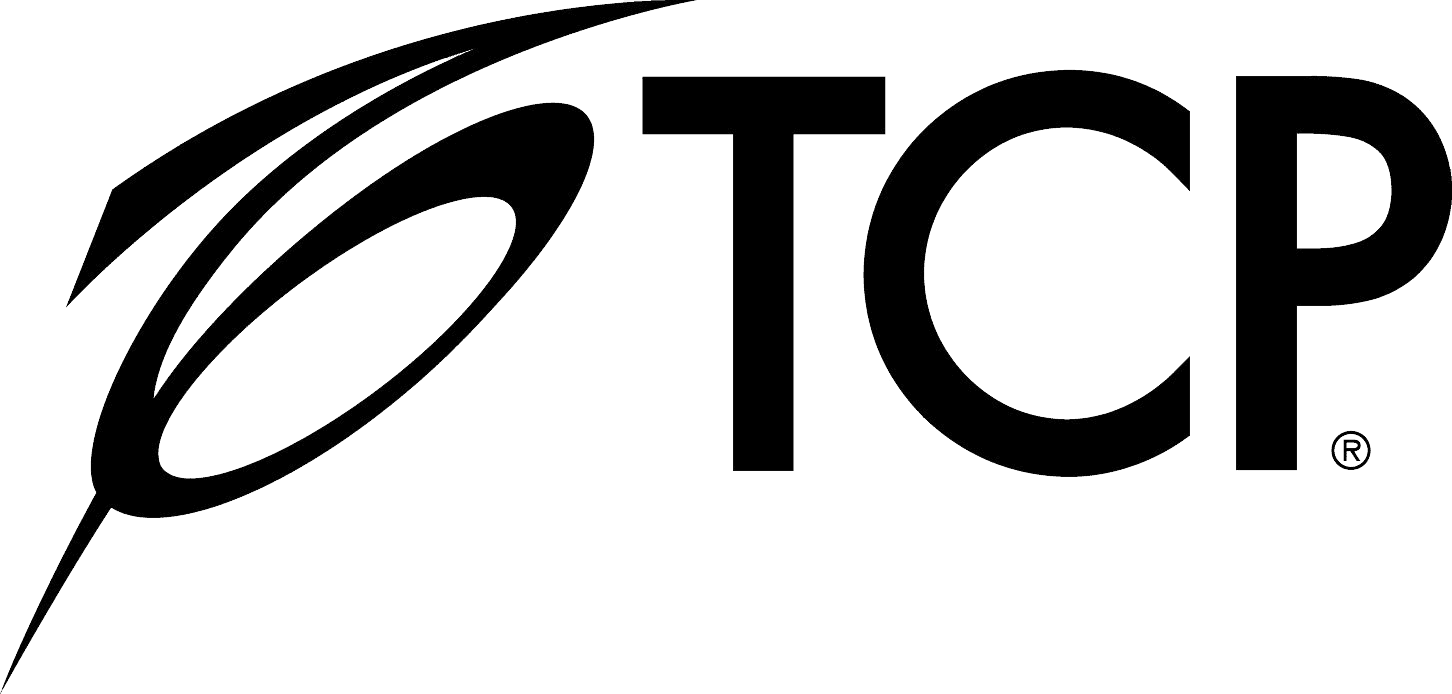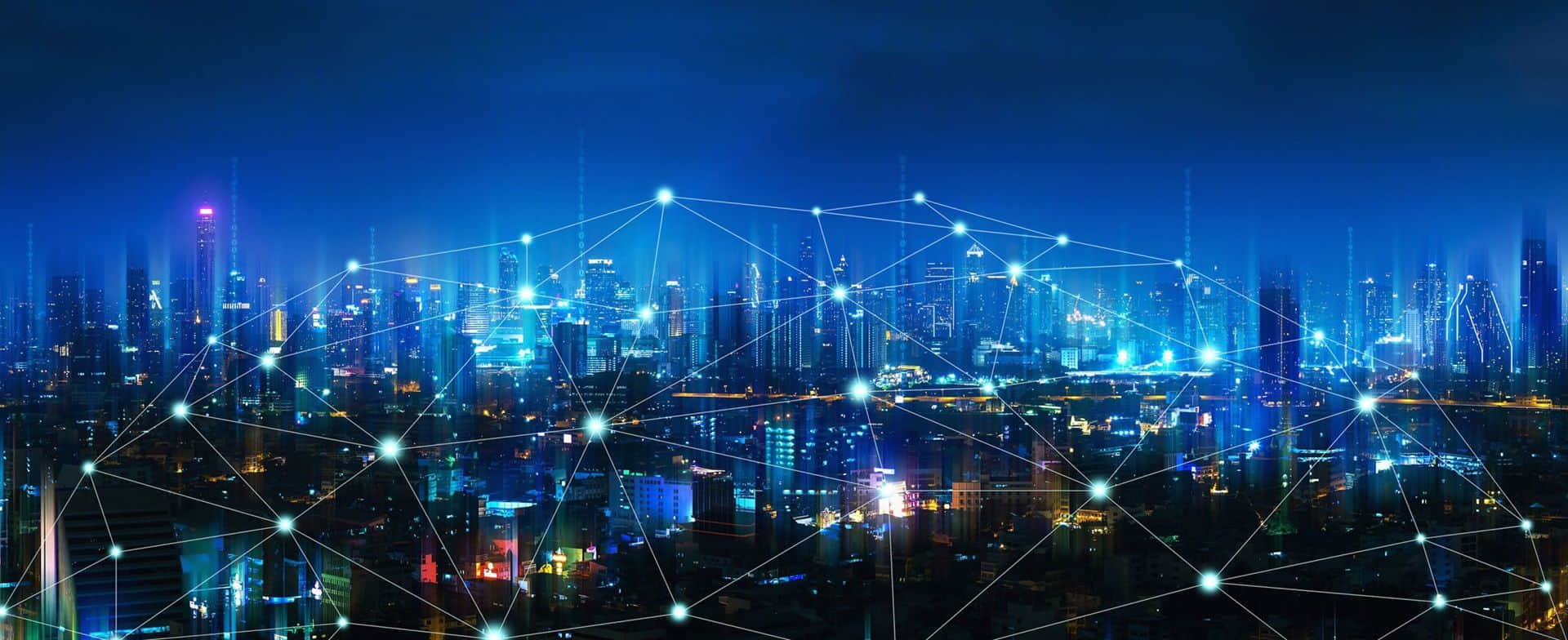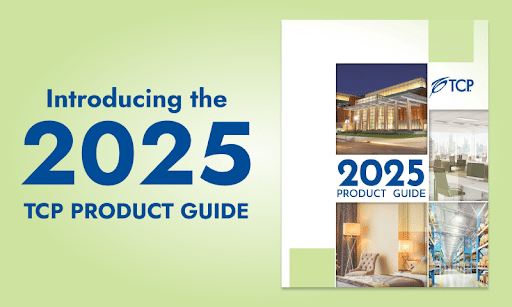The Blue Light Controversy
So What is Blue Light?
Blue light is a color of light on the visible spectrum of light, which ranges from red to blue. Compared to red light, blue light has more concentrated energy and shorter wavelengths. Sunlight contains all the colors of light on the visible spectrum, resulting in what is known as white light.
Where is Blue Light?
While we get blue light naturally from the sun, modern technology like fluorescent lights, computer, smartphone, and television screens, and LED (light-emitting diode) lights all emit concentrated doses of blue light as well. Why is blue light so common in our everyday technologies? It is a low-cost and energy-efficient form of lighting, which makes it a common choice for screens.

The Blue Light Hazard
Blue light is nothing new. It has been around as long as the sun! But with the advent of widespread technology usage, we are exposed to more blue light every day than any other time in human history. Have you ever heard the suggestion to stay off your cell phone before bed? That is a minor example of the major way blue light can affect our bodies. As scientists study the effects of blue light on our bodies and minds, the blue light controversy expands. More and more information is discovered every day about the hazards of receiving too much blue light throughout the day.
The Effects of Blue Light
Increased Risk of Depression
While blue light does not directly cause depression–in fact, sunny days are good for our moods–blue light’s disruption of natural body systems can cause depressive symptoms. For example, blue light can interfere with sleep, brain plasticity, neurotransmission, hormone secretion, and gene expression. Studies have shown structural brain changes in people whose occupations require sleep disruption, like flight attendants and night shift workers. Similarly, when neurotransmitters serotonin, dopamine, and norepinephrine are disrupted, it can lead to depression. Taking steps to preserve the quality of sleep when exposed to extra blue light throughout the day, and especially at night, can help protect from mood disorders like depression and other negative effects of blue light.
Digital Eye Strain Syndrome
What is digital eye strain? Digital eye strain occurs when we look at electronic screens for too long. When we stare at laptop screens, TV screens, phone screens, and any other blue light-emitting screens for too long, we can begin to feel fatigued behind the eyes, sore, itchy eyes, light sensitivity, blurred vision, neck and shoulder soreness, and even reduced sleep quality.
Restless Sleeping
Scientists have identified blue light as a major cause for troubled sleep. This is especially true if the blue light continues after sundown, because it interferes with your body’s circadian rhythm. The body is used to blue light from the sun during the day, but at night, it can make it difficult to fall asleep and stay asleep. Blue light suppresses melatonin, which helps you sleep, so the body interprets the high-energy wavelengths as a signal to stay awake.
How to Protect Yourself from Blue Light Hazards
Lutein Vitamins
LEDs and Blue Light
The Healthiest Light is Sunlight
It’s true–LED lights, while much better for the environment, contain enough blue light wavelengths to disrupt human sleep patterns. The healthiest light for human beings is sunlight. But modern lifestyles do not typically allow us to live by the light of the sun, especially when the days grow short in the winter. To protect your and your workers’ eyes from exposure to blue light, it is wise to invest in lights specially designed to mimic the sun’s natural light. These types of lights are proven to increase productivity, daytime alertness, sleep intensity, visual comfort, and mood.
Coming Soon – a Healthier LED Bulb
You may worry that these health benefits will come at the expense of the environment or your wallet. After all, LED lights offer significant energy savings, saving energy costs and reducing overall energy usage. TCP Lighting has always been at the forefront of advanced LED lighting technology. Coming soon…a lamp that is significantly less blue than typical LED bulbs. Simply replacing traditional LEDs, or even fluorescent lights, with our brand new lamps, will boost the health and happiness of the people who use them. Check back often for updates on this exciting new product-and take the next step toward safer, healthier, energy-efficient lighting.



